Despite a lot of the world being confined to their homes and indoors, drone maker DJI has just launched a brand new drone—the highly anticipated follow up to the popular DJI Mavic Air. This is the DJI Mavic Air 2 and it looks like a really capable flying camera.
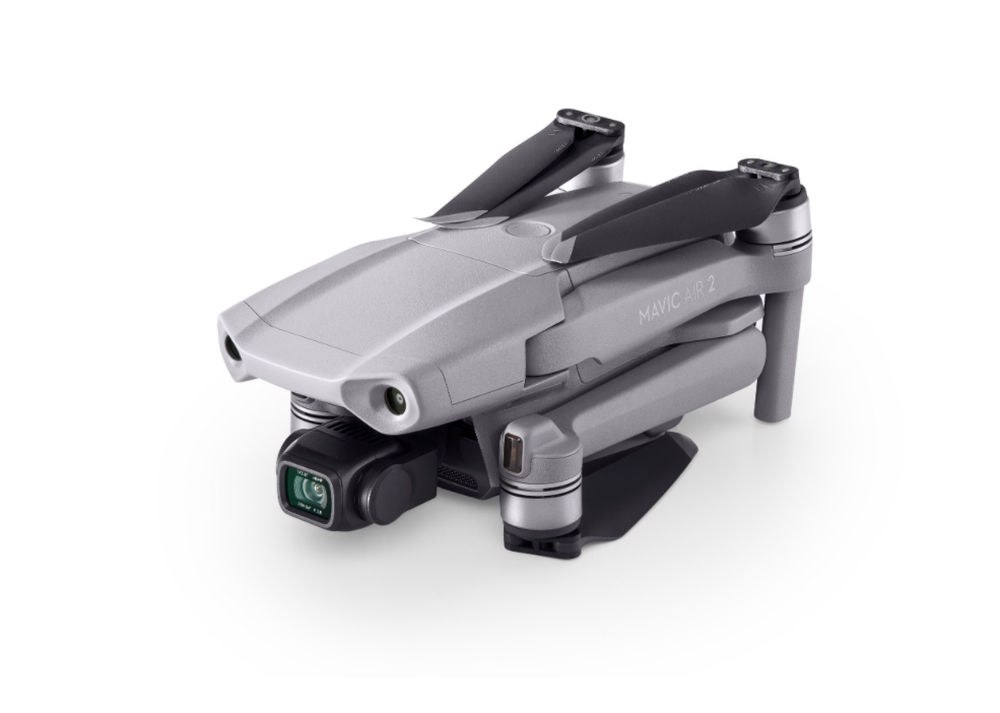
The first thing you’ll notice that’s different is the fact that the Mavic Air 2 doesn’t look like the Mavic Air anymore. It doesn’t have that modern, stylish shell that set it apart from the other Mavic drones. Instead, it takes on a much more traditional Mavic look with the grey plastics. The new drone also gains some weight, now weighing in at 570g—meaning that it’s more than 100g heavier than its predecessor—but doesn’t seem to have a significantly larger footprint. It has, however, gained quite a bit of height when folded which is to be expected considering the difference in which it folds now.
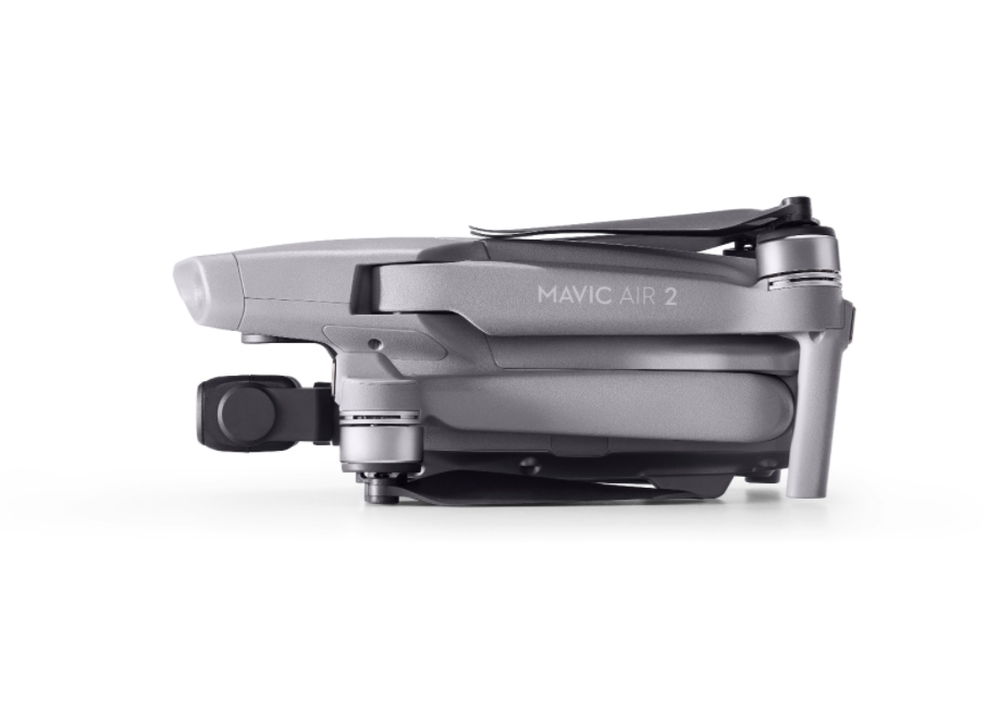
Of course, the changes to the updated Mavic Air 2 isn’t only with the body, this new drone also comes with an impressive photo and video spec sheet. It all starts with the Mavic Air 2’s new 48MP 1/2″ CMOS sensor. This uses a quad bayer array and while it shoots 12MP photos by default, it can also work in a 48MP high-resolution mode—a lot like the kind of sensor you’d find in smartphones these days. This is then paired with a 24mm equivalent f/2.8 aperture lens.
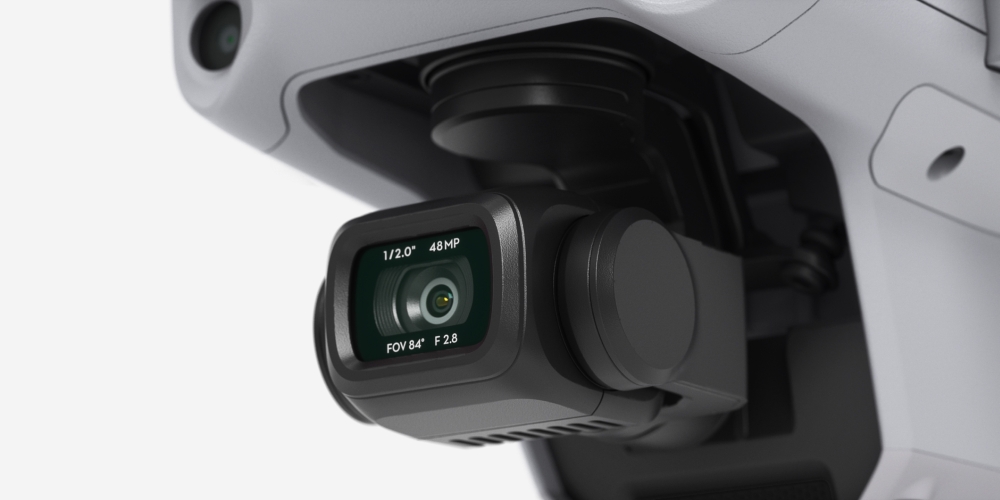
With this new sensor, the Mavic Air 2 is capable of shooting up to 4K60fps video which I believe makes this the only Mavic drone to be able to do so. Even the Mavic 2 Pro tops out at 4K30fps. Of course, that drone has a larger 1″ sensor, but the Mavic Air 2 just proves that it’s no slouch either. On top of that, the new Air 2 is also able to do 1080p at up to 240fps for super slow motion, as well as 2.7K60fps. This drone will also be able to do D-Cinelike but there is no listed support for D-Log.
DJI says that the new Mavic Air 2 will be able to shoot HDR video (at 4K30fps) and have optimised SmartPhoto image optimisation for photos that integrates scene recognition, HyperLight and HDR to give you the best photos. The sample shots look stunning, but I’ll save my judgement for when I actually get to try this out for myself.
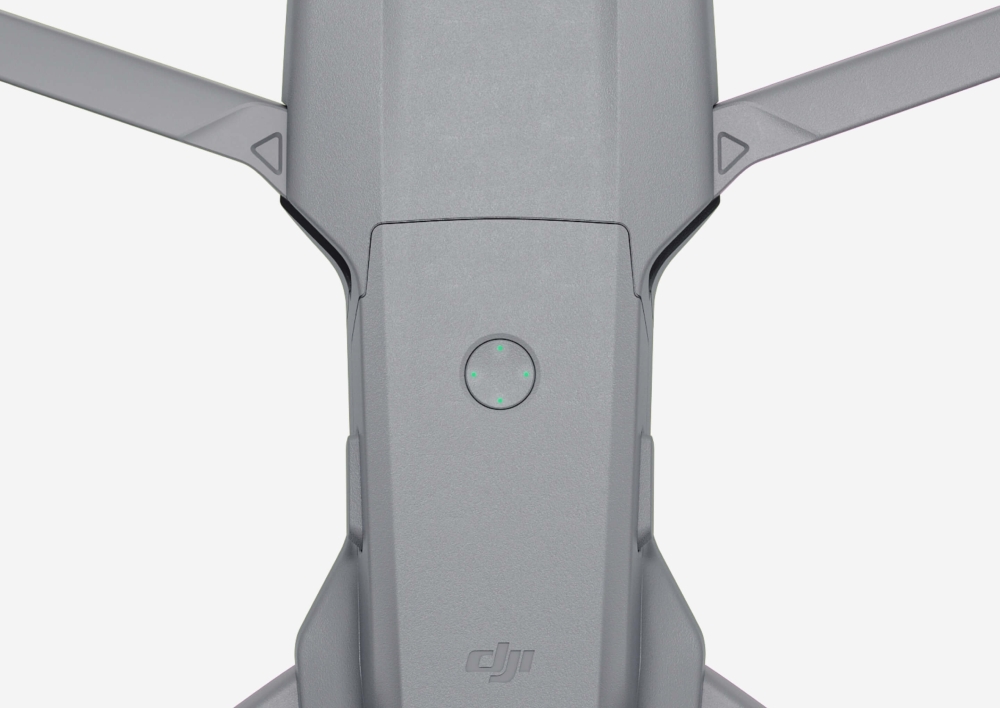
Besides the upgraded video and photo chops, DJI also pushes the Mavic Air 2’s battery life up a notch. With this new drone, you’ll be able to get up to 34 minutes of flight time through the drone’s 40.42Wh battery.
Luckily, unlike the Mavic Mini, the Mavic Air 2 actually gets upgraded flight safety and intelligent flight modes. You get your usual FocusTrack suite of modes including Active Track 3.0, Spotlight 2.0 and Point of Interest 3.0. It also packs an improved version of the Advanced Pilot Assistance Systems (APAS), now dubbed APAS 3.0, so it’ll probably be a lot harder to crash into a tree.
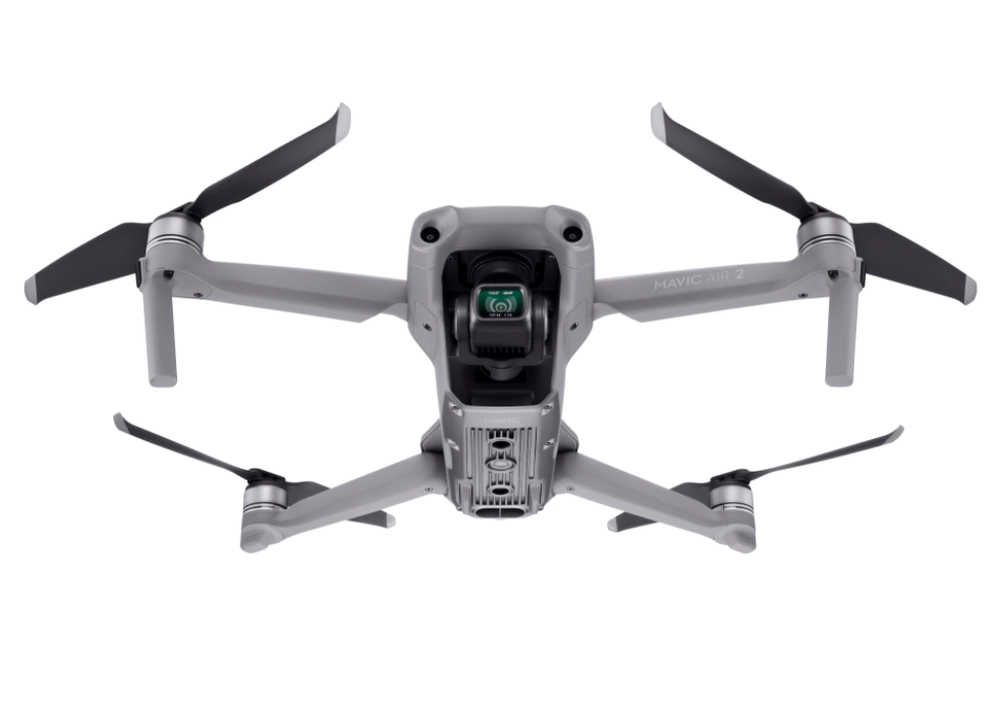
At this point I can’t remember what’s improved from the previous versions of these modes, but in my experience they’ve always worked quite well. Though, I will note that it doesn’t look like the Mavic Air 2 has quite the tracking or intelligent flying capabilities of something like the Skydio 2. If you want a drone that can fly and track you itself, that still seems like your best bet right now.
However, the Mavic Air 2 will also have access to your usual suspects of QuickShots like Boomerang, Asteroid, Rocket, Circle, Helix and a few others, as well as a new 8K Hyperlapse mode that looks absolutely stunning.
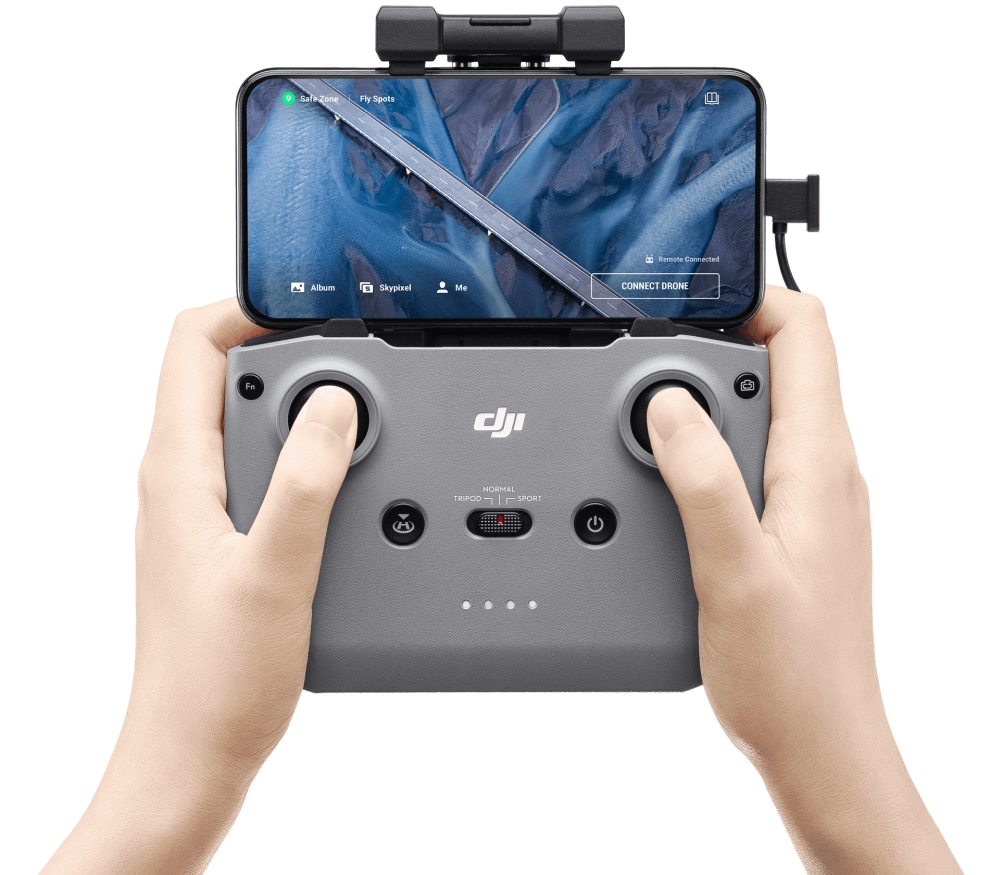
While I was primarily disappointed with the Mavic Mini’s operation range during my review period, it’s cool to see that DJI is equipping their new Mavic Air 2 with the company’s proprietary OcuSync 2.0 transmission technology. This, paired with the new controller will give the Mavic Air 2 up to 10km of range according to DJI. I’m not entirely sure how I feel about the new chunky controller just yet. It looks about as big as the DJI Smart Controller (though it doesn’t have a screen), which kind of goes against the whole portable nature of something like the Mavic Air, doesn’t it?
I do, however, like that your smartphone is now on top of the controller and you don’t have to faff about with the annoying arm/leg things anymore. Plus, the thumb sticks are still removable which is probably one of my favourite controller innovations. Interestingly, I don’t see any visible antennas sticking out of the controller.
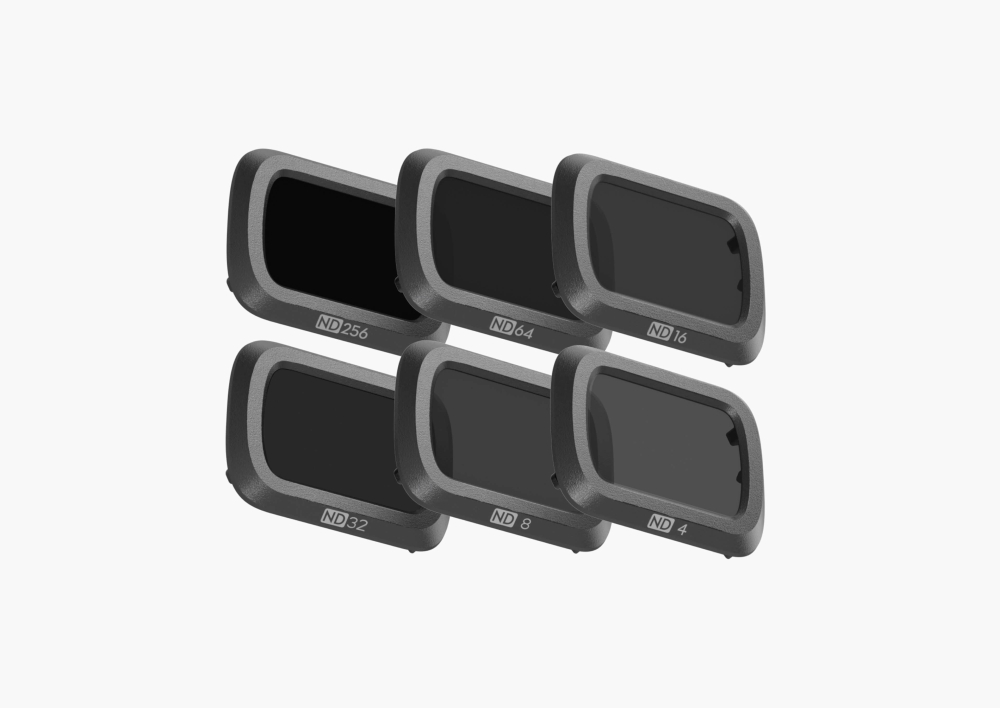
For now, we don’t have the official local pricing for the DJI Mavic Air 2 just yet. But, in the US, the Mavic Air 2 retails for USD799 (~RM3,492) for the drone itself, and USD988 (~RM4,314) for the Fly More kit. With the Fly More kit, DJI includes a carrying bag, propeller guards, a charging hub, three batteries and, finally, ND filters.
More details on the DJI Mavic Air 2 can be found on DJI’s website.








